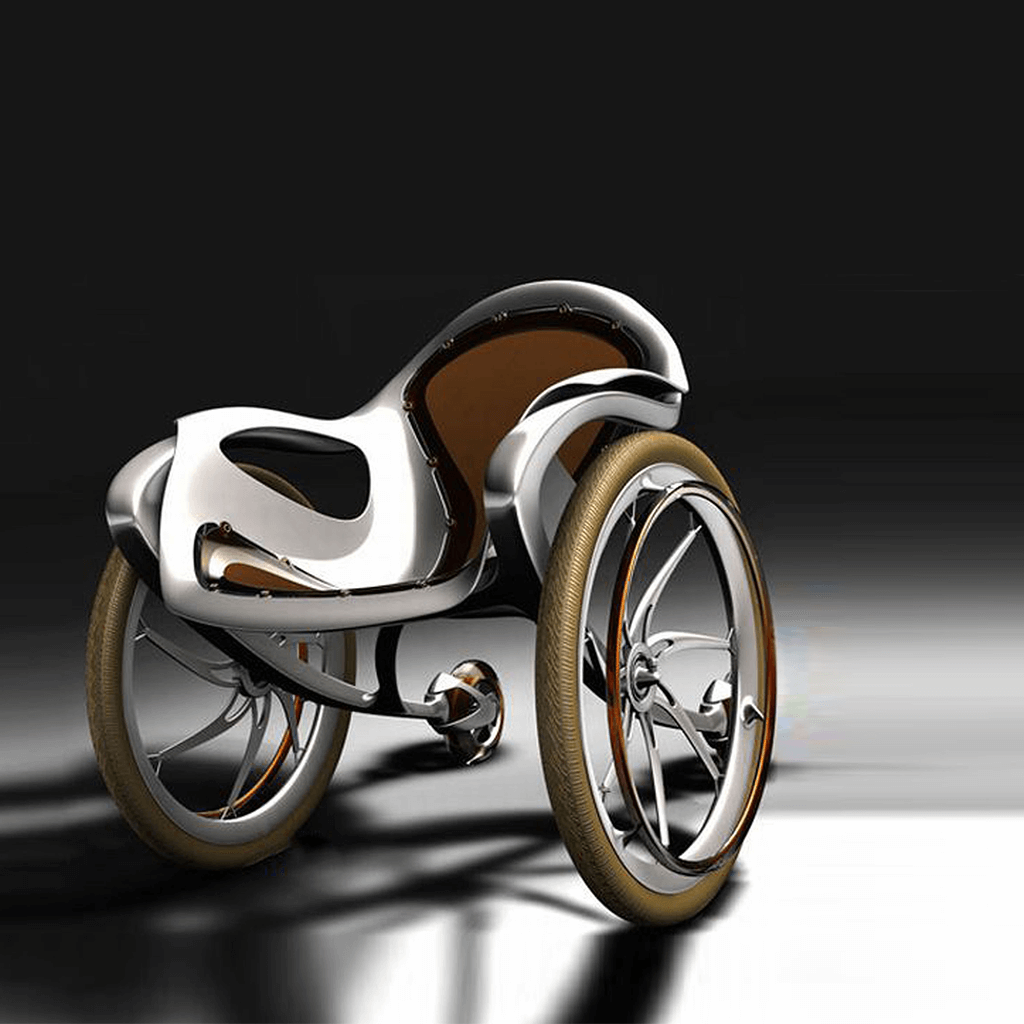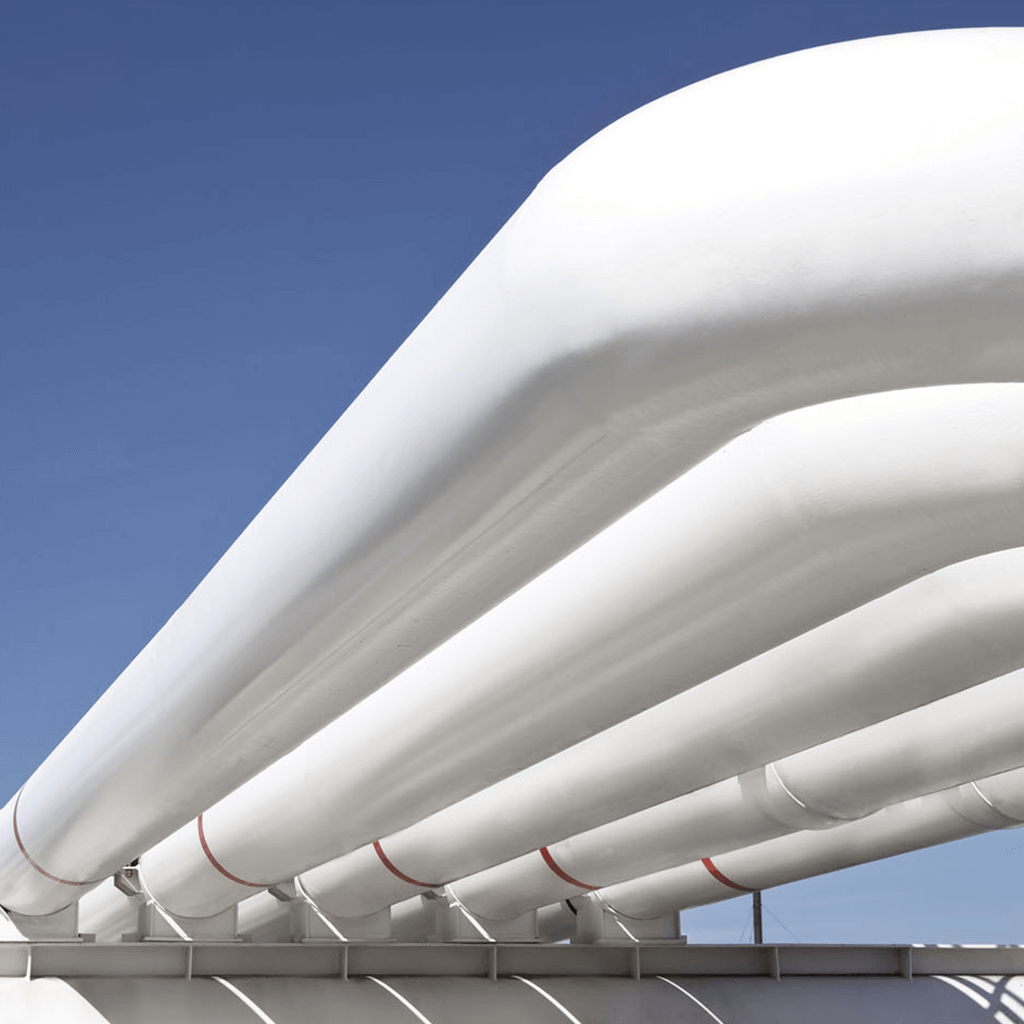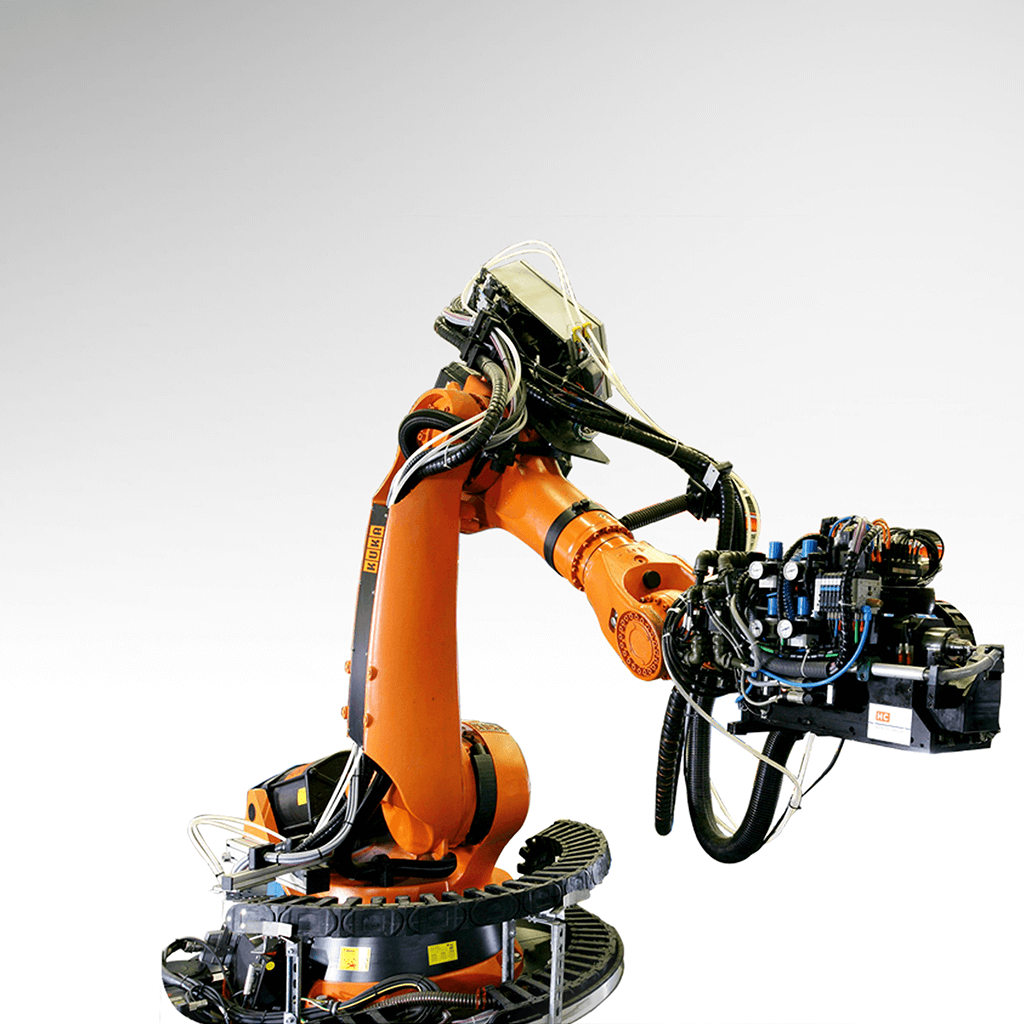Classic Citroën vans reimagined using AOC resins
Citroën Type H enthusiasts around the world are able to recreate the distinctive exterior styling of this versatile van, thanks to composite body kits manufactured by Caselani with AOC resins.

The Citroën Type H, created by influential Italian designer Flaminio Bertoni, enjoyed a long production run. More than 470,000 units were manufactured from its introduction in 1947 until it was succeeded by the C25 in 1981. Corrugated metal body panels were a key feature of the van’s distinctive ‘industrial’ design. The simple, economically priced commercial vehicle proved successful in a variety of applications – food truck conversions, in particular, became a familiar sight.
An original Type H in good condition is difficult to find today. But Caselani Srl has a solution for those attracted to the retro look of the classic van but needing the performance, comfort and reliability of a modern vehicle. The Italian company is modifying vehicles in the Citroën Jumper range into retro style ‘Type H’ vans using glass fiber reinforced polymer (GRP) composite body panels manufactured using AOC resins.
An appreciation of retro style
The Caselani Type H project is a collaboration between the company’s CEO Fabrizio Caselani and designer David Obendorfer, who share a passion for classic vehicles. Caselani has worked in the marine industry for many years as a supplier of composite materials and accessories for luxury yacht brands, and he collects vintage Citroën cars. Obendorfer, a yacht designer, has created a series of modern reinterpretations of iconic car models.
The idea for the ‘new’ van came about when Caselani planned to tour Europe with his family in an original Type H, but found that there was not enough space. He decided to create a camper van in Type H style based on an existing Citroën vehicle. While travelling around Europe he posted a video of his retro van online, which immediately went viral. Citroën were also very enthusiastic about the initiative and ordered 100 vans for a limited-edition series to celebrate the Type H’s 70th anniversary.
Response to this anniversary edition greatly exceeded expectations and demand from customers grew. Caselani started retrofitting vans with the body kits in 2018, and the business subsequently expanded into manufacturing kits to sell to remodeling fanatics.
Manufactured under license from Citroën, Caselani now ships custom-made vans and kits around the world. Variants with different deck lengths, roof heights and colors are available, for applications ranging from panel van, minibus, camper van and tow truck, to the ever-popular food truck. Caselani also offers conversions and kits for the Type H’s ‘little brother’ the HG, which went into production in 2019.

Hand crafted with composites
Caselani carries out all the work at its plant in Sospiro, Italy. The company manages all stages of the project, from design and prototyping to creation of molds, manufacture of the composite parts, and painting. Skilled employees guarantee high-quality, detailed work, enabling customers to customize their vehicle to their precise requirements.
In the conversion process some of the original parts are removed, others added, and some remodeled. A complete kit consists of about 20 different composite parts. These are glued onto the original bodywork using special polyurethanes glue mixtures. Then they are sealed to prevent the entry of air and/ or water. Other components, such as the front end, are completely replaced.
AOC has been a long-standing supplier to Caselani and collaborates closely with the company to optimize its processes and enable the manufacture of parts which meet its exacting quality standards. One challenge which AOC helped Caselani to overcome concerned body panels painted in dark brown and black. These need to have a high heat resistance so they can survive the hot summers in Southern Europe without deformation.
“We appreciate AOC’s great technical support and the high-quality resins supplied,” states Fabrizio Caselani. “AOC’s resins are providing ease of processing and predictable, high performance of the final parts.”
The composite body panels are mostly manufactured using hand lay-up processes using AOC’s Synolite™ 8388-I-1 and Atlac® E-Nova MA 6325 resins. Synolite™ 8388-I-1 is a versatile DCPD resin for hand lay-up and spray-up processes with low styrene emission. The low shrinkage of this resin allows the manufacture of components with excellent surface quality. Atlac® E-Nova MA 6325 is a low styrene unsaturated polyester resin, used in particular for the dark colors, providing excellent strength and dimensional stability at elevated temperatures.
Moving forward
Fabrizio Caselani sees a bright future ahead. The company is now converting approximately 400 vans per year, and there are several new models in the pipeline. AOC is offering its technical support and advice to help the company further increase manufacturing output, with AOC experts having many years of experience in developing resins specifically for the customer processes. With AOC’s support, Caselani can be confident that even more customers will be enjoying the experience of driving a Type H soon.
More information through https://en.typeh.eu/.
Meet AOC at JEC World 2023, hall 5, booth N40.











